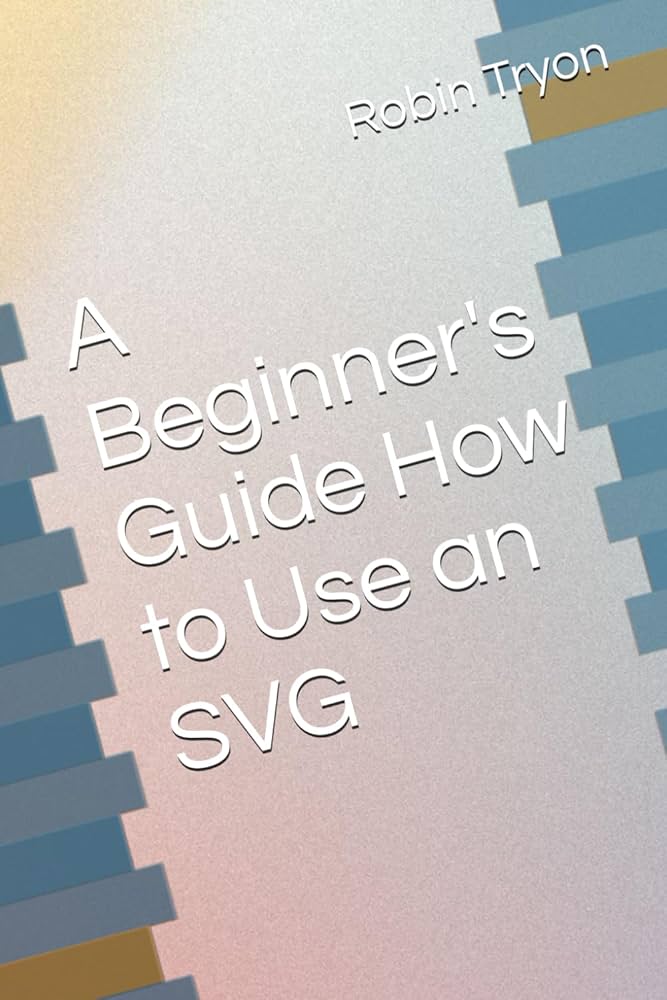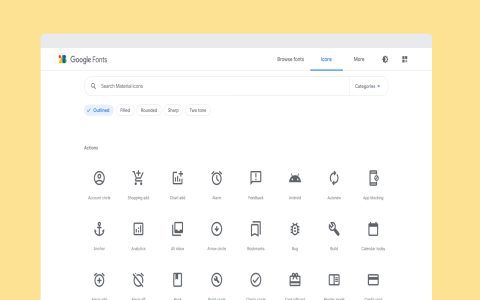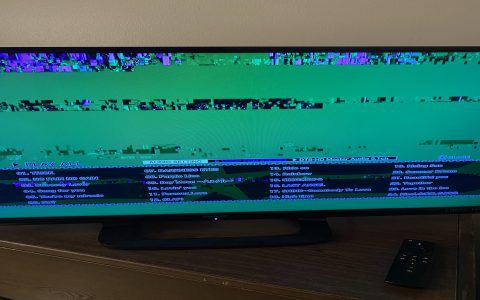Choosing the best books on SVG (Scalable Vector Graphics) requires a targeted approach to match your learning needs and ensure practical skill-building.
Key Selection Criteria
Focus on these essential factors when evaluating SVG guides:
- Author Expertise: Prioritize books by authors with verified experience in web development or design, such as industry certifications or active contributions to open-source SVG projects.
- Content Alignment: Match the book's difficulty level to your skills—beginner books should cover fundamentals, while advanced ones delve into complex topics like animation or optimization.
- Practical Focus: Opt for books that include real-world examples and step-by-step exercises, ensuring hands-on application rather than just theory.
- Recent Publication: Select newer editions published within the last 3-5 years to incorporate up-to-date standards and browser compatibility.
- Reviews and Ratings: Analyze reader feedback, specifically looking for high ratings and detailed comments on clarity and usability.
Easy Ways to Find the Best Guides
Streamline your search using these accessible methods:

- Use Book Retailer Filters: Apply advanced search tools on online bookstores, sorting by category, publication date, and user reviews to narrow down top-rated options.
- Access Sample Chapters: Review free previews or first chapters to gauge writing style and content relevance before committing.
- Seek Community Advice: Participate in professional forums or developer groups where experienced members recommend trusted resources based on shared challenges.
- Check Library Catalogs: Search physical or digital library collections to evaluate books in person without cost, focusing on availability and recent additions.
Applying these strategies helps you efficiently identify a high-quality SVG book, accelerating your learning journey without wasted effort.








